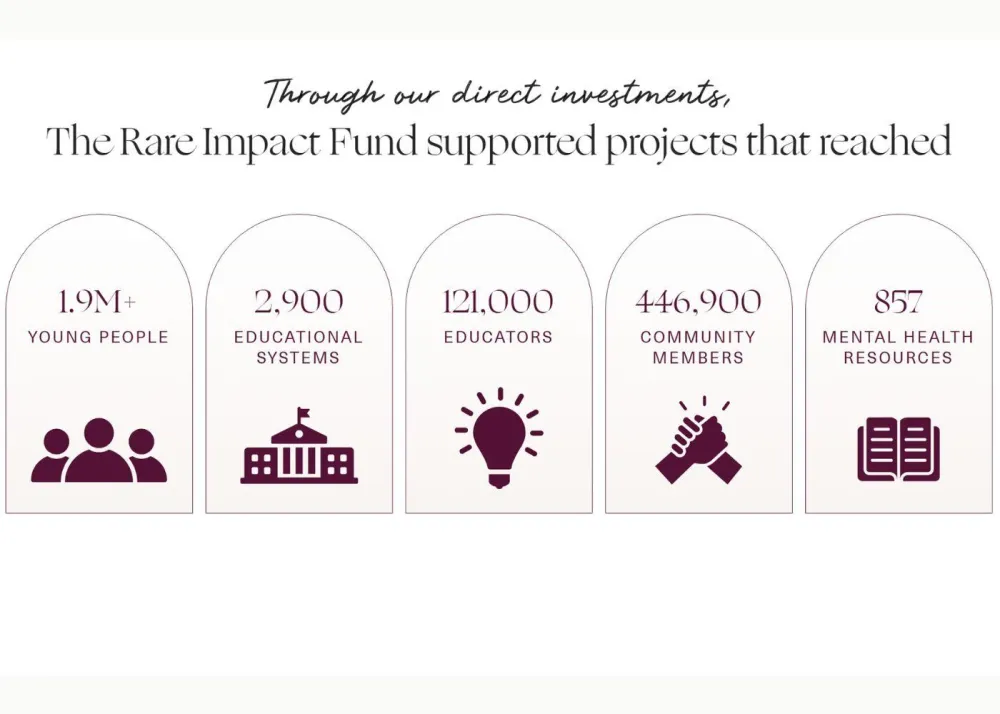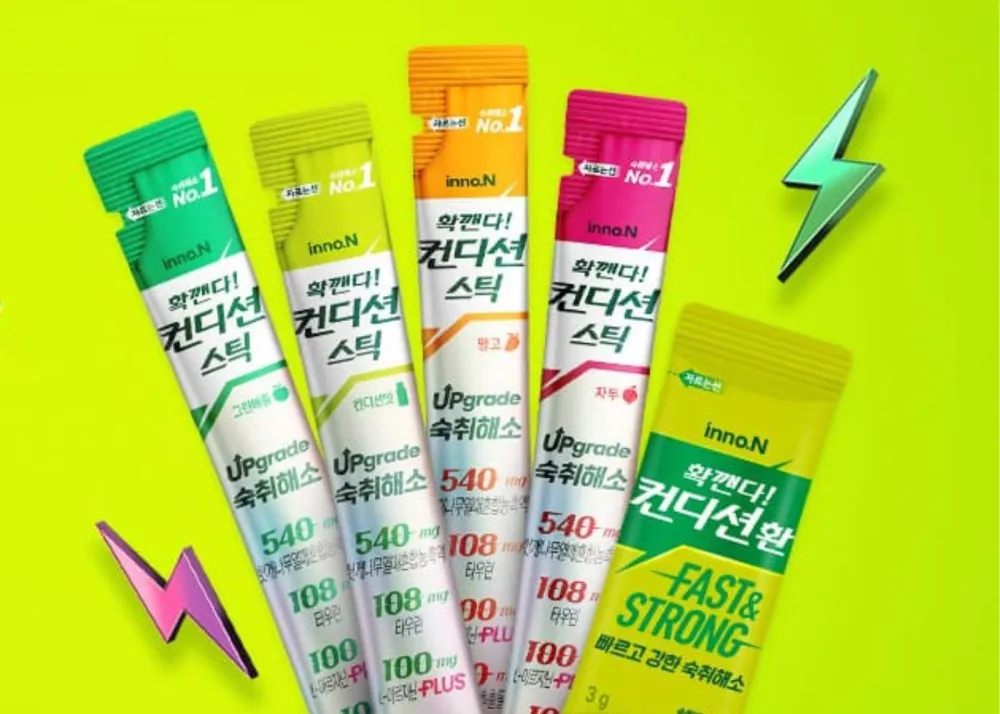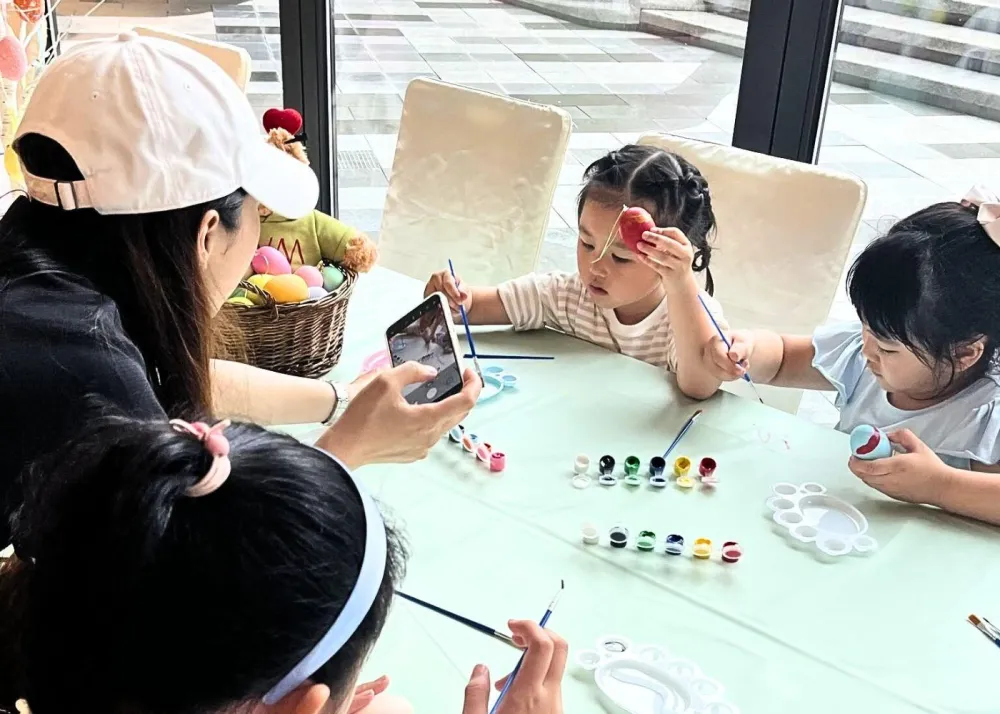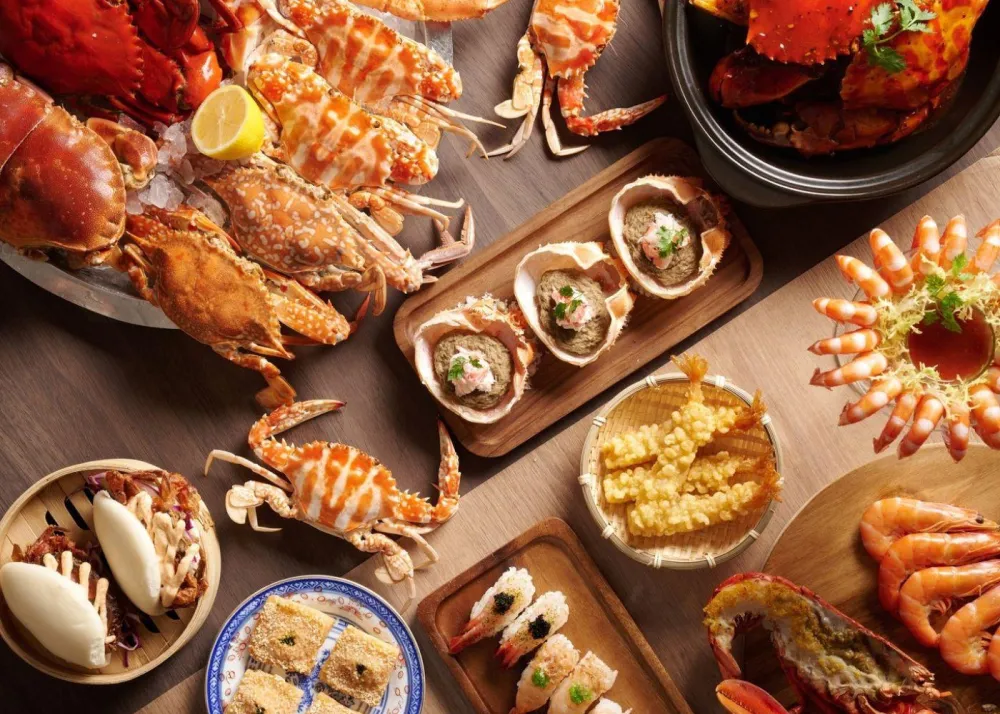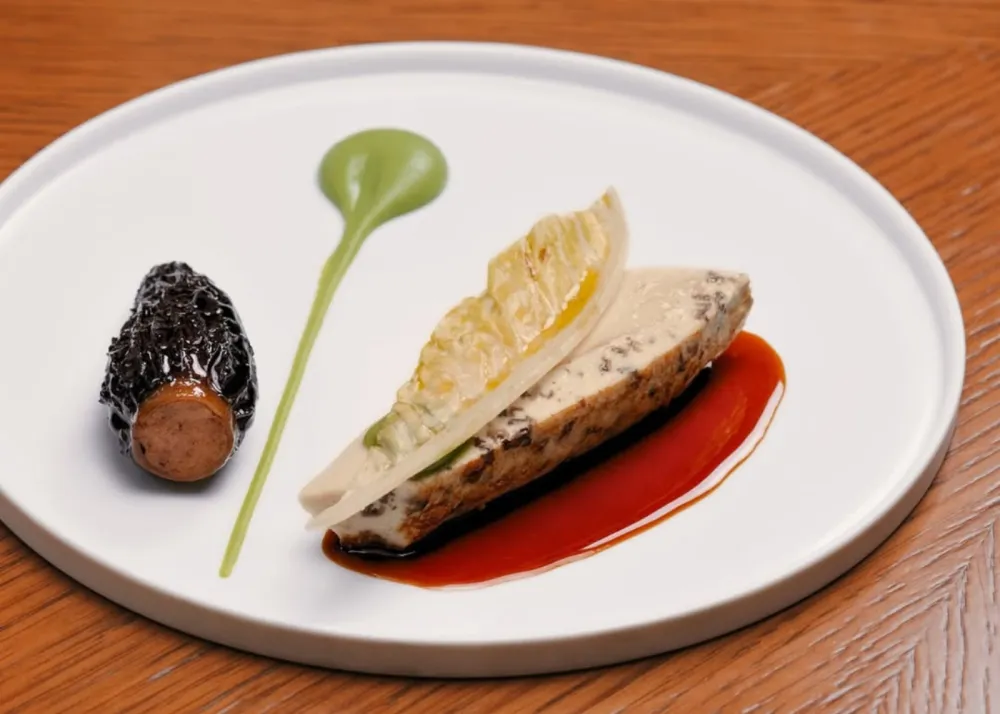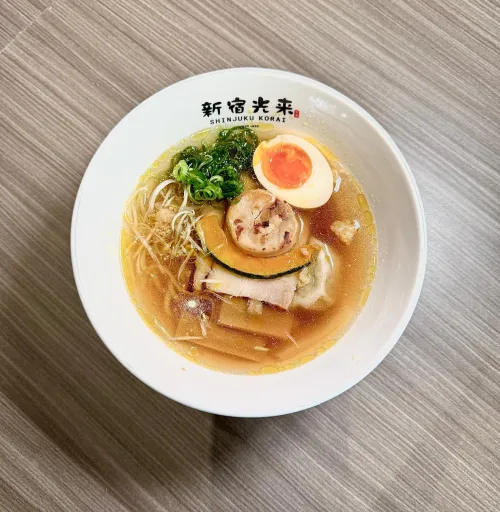Gestures of Love: Six Romantic Rituals Across Asia

When it comes to love, actions speak louder than words. It may be a universal language but the way people express it varies across cultures. Just take Asia, which has some of the world’s most unique love rituals deeply rooted in tradition and its diverse customs.
From unique courting practices to symbolic wedding rites, these traditions offer a glimpse into how love is celebrated across the continent. Whether you’re a hopeless romantic or cultural enthusiast, here are some enchanting romance rituals from Asia that might just inspire your next grand romantic gesture.
Harana (The Philippines)
When Selena Gomez said, “I love you like a love song,” Filipinos know well how true that is as one of their long-standing courtship rituals is the “Harana.” In a country big on music and where singing is a "national pastime," it only makes sense that the best way to woo someone is by serenading them with heartfelt songs.
During a Harana, a suitor would usually come up to the woman’s house with a guitar (and backup singers if you want to gain more points for this performance) and stand outside — usually by her window — to sing her love songs. If the woman steps outside to listen or even sings along, then we can consider the courtship a success. If the windows or door remain closed, however, let’s just say the suitor will be walking home to a few heartbreak songs.
Merisik (Malaysia)

“Knowing me, knowing you” as the song goes but in Malay culture, pursuing a serious relationship — and by serious we mean “marriage serious” — the very first step is attending a meeting called, “Merisik.”
The word means “spying” but it is really more like a surveying custom where the families of the couple learn more about each other’s backgrounds. Merisik is usually carried out by the young man’s parents or relatives who informally inquire about the girl’s agreement to the intended marriage and seek consent from her parents. We think it’s a reasonable practice considering marriage is serious business and getting to know one’s family is vital. After all, you’re not just marrying a person, you’re marrying into each other’s families, too.
The Ball Toss Tradition (Several Parts of Southeast Asia)

The Hmong people have a fascinating — and dare we say adorable courtship tradition involving a ball called, “Pov Pob.” During the New Year festivities, teenage boys and girls would stand in line and throw balls at each other while engaging in conversation.
It’s a fun way for singles to express their interest, get to know each other, and form bonds which may eventually lead to marriage. Talk about shooting your shot (literally)!
The Water-Pouring Ceremony (Thailand)

Also known as “Rod Nam Sang,” this rite is probably the most iconic part of a traditional Thai wedding. The act involves the newlyweds kneeling before their parents who then pour scented water over their hands from a conch. This is a sacred act that symbolizes the couple’s gratitude and respect for their parents and demonstrates filial piety.
Afterward, each guest offers blessings and good wishes for the couple's bright future. There’s also a tradition that states that if the couple has unmarried older siblings, drinking the water from the conch can bring luck in finding a marriage partner.
Qixi Festival (Hong Kong and Mainland China)
Also known as Chinese Valentine’s Day, the Qixi Festival is celebrated on the seventh day of the seventh month of the lunar calendar. The name means “Evening of Sevens Festival” and is deeply rooted in a popular Chinese folktale: the romantic legend of Zhinu and Niulang.
The folktale narrates the story of the goddess Zhinu, the seventh daughter of the Jade Emperor, who grew tired of her life in the celestial realm and came down to earth and fell for the mortal Niulang, a humble cowherd. When Zhinu’s mother, the goddess of Heaven, discovered their relationship, she separated the lovers by creating a vast celestial river between them which was later known as the Milky Way. Moved by the lovers’ forbidden romance, a flock of magpies formed a bridge over the river so that Niulang and Zhinu could meet, creating the “Magpie Bridge.” The goddess was touched and had a change of heart, eventually allowing the lovers to meet at the bridge once a year on the day the festival is celebrated for all of eternity (aww).
Chinese people would celebrate this day by stargazing and searching for stars Vega and Altair which represents the star-crossed lovers. Much like the Western romantic holiday, couples would exchange gifts, perform elaborate gestures, and spend the day with each other. The streets of Hong Kong are filled with activity too, from laser light shows to dance performances.
Like in any Chinese celebration, food plays a huge role. Qiaoguo, a sweet and crispy pastry with a sesame flavor, is a popular treat for the holiday. Other traditional dishes shared during this time are cloud noodles, sugar shaped like women and other characters from the legend, and dumplings.
White Day (South Korea, Japan, and China)
If the number of successful K-Dramas has anything to say, it’s that South Korea takes romance very seriously. From love locks on a tower to romantic beliefs like seeing the first snowfall with someone means you’re meant to be together forever, South Korea knows how to tickle our romantic fancies.
One of their unique customs is called, “White Day,” which is celebrated a month after Valentine’s Day on Mar. 14, and is the so-called “Reverse Valentine’s Day.” On Feb. 14, men are usually the recipients of gifts like chocolates and sweets from women. A month later, they are encouraged to return these romantic gestures. Many celebrities, male K-Pop idol group members in particular, would usually post selfies with flowers or chocolates that thrill their female fans.
The celebration originated in the late 1970s when the Japanese candy industry introduced the concept of “Marshmallow Day,” which was meant to encourage men to return the romantic gestures of women who had given them gifts on Valentine’s Day. This concept quickly gained popularity and evolved into what is now known as “White Day.” The romantic holiday is also celebrated in Japan and China, and though not explicitly explained, is a nice representation of how relationships should be: an act of give and take.
ICYDK, South Korea also has a similar event to Valentine’s Day called “Pepero Day” where people engage in gifting or exchanging Pepero snacks, Lotte’s popular chocolate-covered pretzel stick. It’s celebrated every Nov. 11 because the numbered date resembles Pepero sticks in a pack (11/11). With how popular the gesture has become, it’s now the biggest annual marketing day for the confectionery company.
Get the latest curated content with The Beat Asia's newsletters. Sign up now for a weekly dose of the best stories, events, and deals delivered straight to your inbox. Don't miss out! Click here to subscribe.











